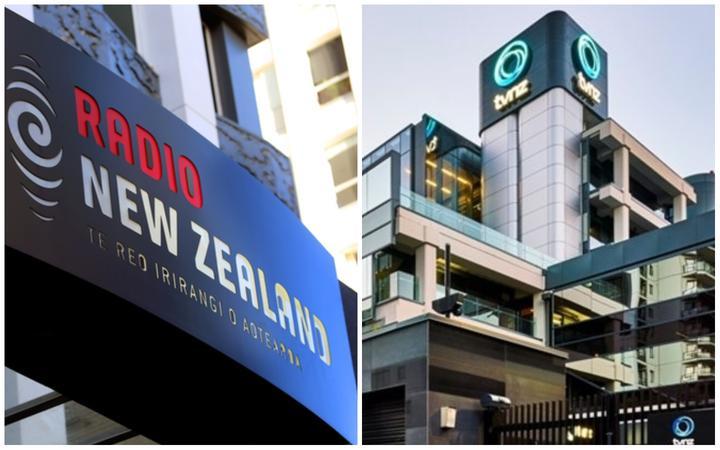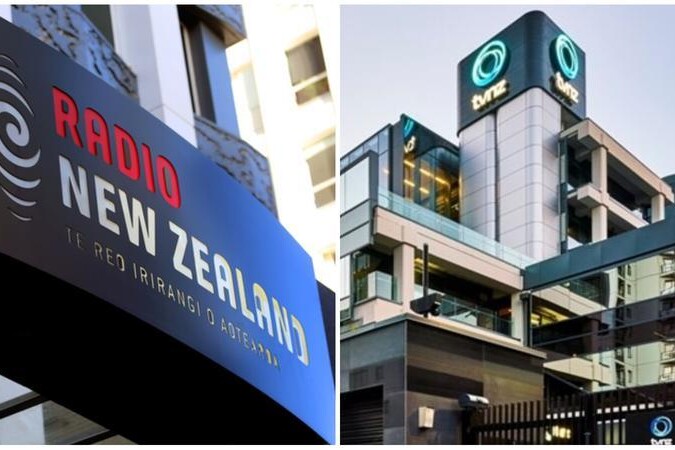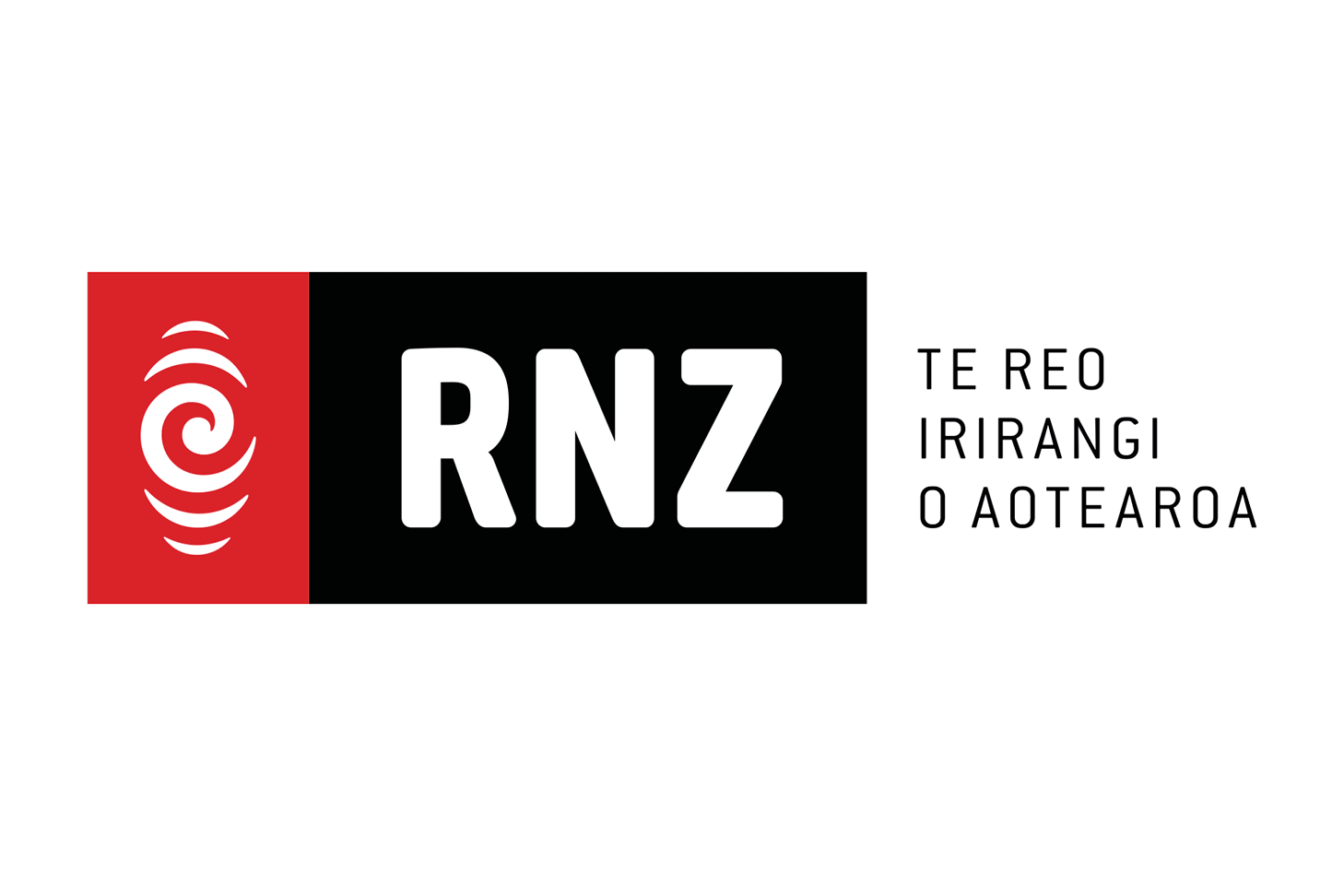New Zealand to establish new giant public media entity
11 March 2022
The government has announced details of the new public media entity, which will see the merger of RNZ and TVNZ.

A new public media entity is to be established in New Zealand, which will combine both existing public media entities, Radio New Zealand (RNZ) and Television New Zealand (TVNZ). The Broadcasting Minister, Kris Faafoi announced the long-awaited merger on Thursday, and the plan is for the new organisation to be operational by the middle of next year. Mr Faafoi said it would be “built on the best of RNZ and TVNZ, to future-proof public media for New Zealanders for decades to come.”
Merging the two different organisations has been on the government’s to-do list since 2019. A Strong Public Media Business Case Governance Board was assembled in March 2021 to put together a Business Case. That was completed last year.
“This is the opportunity we get to be part of something bigger with public media at its heart, where we can do new things for our current audiences, but we can also do entirely new things for our audiences who don’t engage with public media content,” RNZ CEO, Paul Thompson, speaking on RNZ’s Morning Report
The purpose behind the merger is to establish a competitive, progressive, and adaptable public media entity with sustainable funding. Mr Faafoi said the current legislation is focussed on just radio and TV, and public media needs to be able to reach audiences on new platforms.
“We know the media landscape is changing and the sector is having to adapt to increased competition, changing audience demands and ways of accessing media, falling revenue, and new and emerging digital platforms,” Kris Faafoi said. “We need public media which is responsive to these changes and can flourish.”
What will the new public media entity look like?
In their current forms, RNZ and TVNZ have different governance structures, different funding models, and different purposes. TVNZ is commercially funded and has an obligation to return a profit for the government, whereas RNZ is non-commercial, and funded through NZ On Air – an autonomous crown entity, which receives its money from the government budget.
According to the Cabinet paper, all this will change. They will now become one entity, and while some brands and services will be retained, the RNZ and TVNZ brands will be disestablished once the new entity is operational.
Read more: Announcement of public media merger imminent
Some of the key details of the new public media entity, as per the Cabinet paper:
- It will be editorially independent, which is “a foundational principle for public media entities internationally and in New Zealand.” The Culture Minister would be legally prevented from having any say over editorial matters, and prevented from removing board members for any editorial-related reason.
- It will receive core baseline funding through the government budget, administered by Manatū Taonga (Ministry of Culture). This funding will be supplemented by commercial revenue. Any profit it makes should be re-invested in the entity to help it achieve its public media outcomes. Core news services which are currently advertising-free would continue to be so.
- It will be expected to maximise New Zealanders’ access to the public media content it creates, which means continuing to provide all content free of charge. It will be expected to do so over a range of platforms. But there will also be flexibility in the Charter over how it delivers services and content, ensuring it is able to respond to technological and demographic change.
- Its mission will be set out in a Charter. The four proposed public media outcomes are: (1) a strong distinctive national identity, (2) a valued, visible and flourishing te reo Māori me ngā tikanga Māori, (3) an inclusive, enriched and connected society, (4) a healthy, informed participative democracy.
- It will be expected to operate in a way that improves outcomes for Māori. Within the charter would be obligations relating to te reo Māori, tikanga Māori, promotion of Māori content and stories to a broad audience, and provision for the specific needs of Māori.
- It will become an Autonomous Crown Entity, which means it is required to “have regard to” government policy that relates to its functions and objectives.
From now until the organisation’s establishment, there is the legislation to put together, the finalised Charter, and the design of the monitoring process which will keep the new entity accountable. To help with the decision-making, an Establishment Board is due to be created, providing advice to the Minister on key design decisions. It is hoped the legislation will be passed by early 2023 so that the new entity is operational by mid-2023.
How has the announcement been received?
The announcement has been welcomed by those most directly affected by the new entity.
RNZ’s Chairman, Dr Jim Mather, said “At the heart of this new entity will be the unique voice of Aotearoa New Zealand with trusted news and current affairs as a cornerstone. As a public service, not-for-profit media entity, with a Charter and sustainable funding, it will benefit all New Zealanders, ensuring we stay connected, informed, and part of a cohesive democracy.”
“If you look at where we are at the moment, we want to provide a lot more services and deliver better to our charter for all New Zealanders,” RNZ’s CEO Paul Thompson told Morning Report. “This is the opportunity we get to be part of something bigger with public media at its heart, where we can do new things for our current audiences, but we can also do entirely new things for our audiences who don’t engage with public media content, particularly younger New Zealanders. The world is changing, and we do need to adapt, and I think this plan is a really good start in terms of creating an entity that can do it.”
Simon Power, the Chief Executive of TVNZ, told Stuff he was excited to create “a public media entity for the digital age”.
But not everyone has been enthusiastic. The government’s political opponents, National, have criticised the announcement, saying it is a waste of money trying to fix an issue that does not exist.
Associate Professor of Media Studies at Te Herenga Waka – Victoria University of Wellington, Peter Thompson, argued that detail is still lacking, and with legislation still not drafted, the timeline is tight.
Meanwhile there are wider concerns about the knock-on effects the new giant entity could have on the broader media landscape. “Additional government investment into this new entity can only add to the intense competition and cost pressures that already exist across New Zealand’s commercial media,” NZME Chief Executive, Michael Boggs was quoted in Stuff. Stuff’s own Chief Executive, Sinead Boucher, was similarly cautious.
But Glen Kyne, the general manager of Discovery Australia and New Zealand was more positive, saying of the announcement, “so far, so good.”
Independent public media underpins informed democracy; hence the Public Media Alliance welcomes these initial steps to ensure a more sustainable and adaptable future for public media in New Zealand. We will continue to observe, scrutinise and report on progress towards the merger.
Related Posts
4th March 2022
New Zealand: Announcement of public media merger imminent
The long-awaited decision on the merger…
11th January 2022
‘TAHI’ – RNZ’s new platform dedicated for young people
For many public media organisations,…
30th June 2021
New public media entity not just about ‘smashing’ RNZ and TVNZ together
Work on a new public media entity…
27th August 2020
RNZ to Expand Local Democracy Reporting Programme
Press Release | Radio New Zealand (RNZ)…


